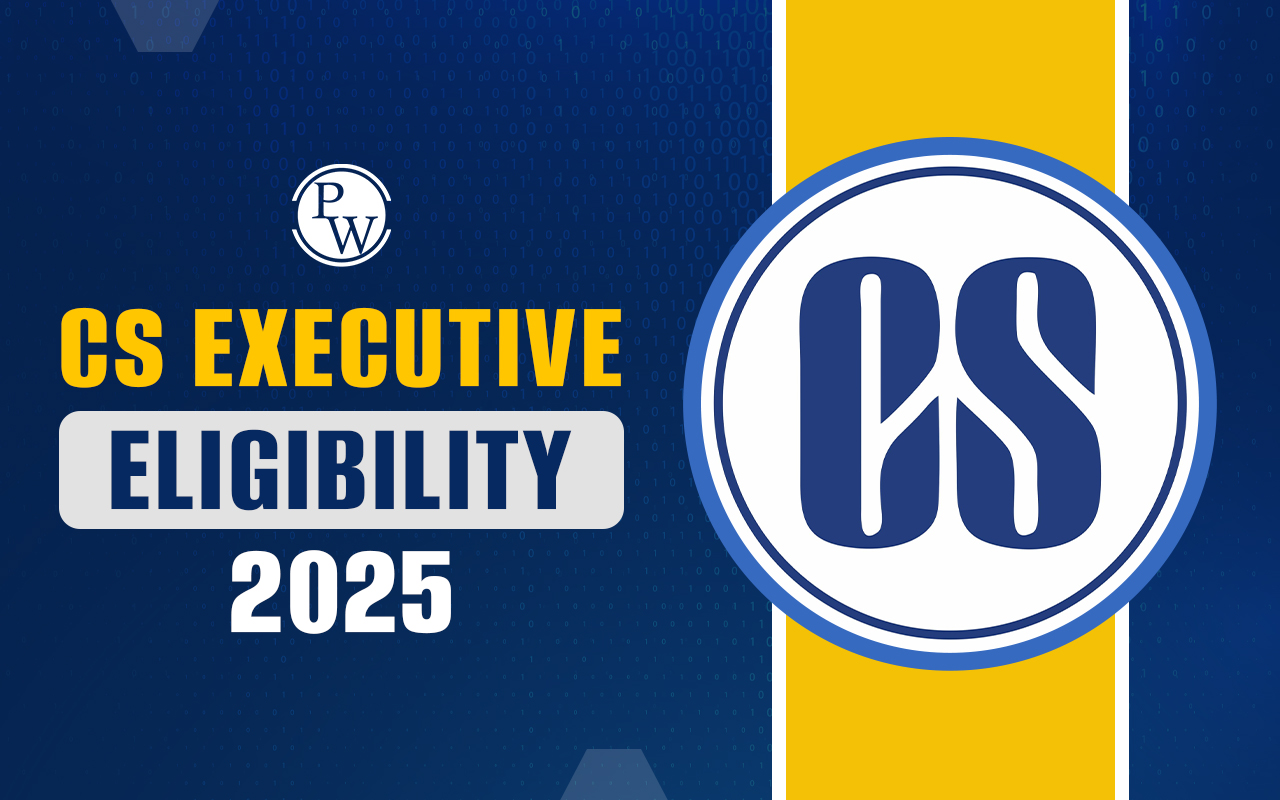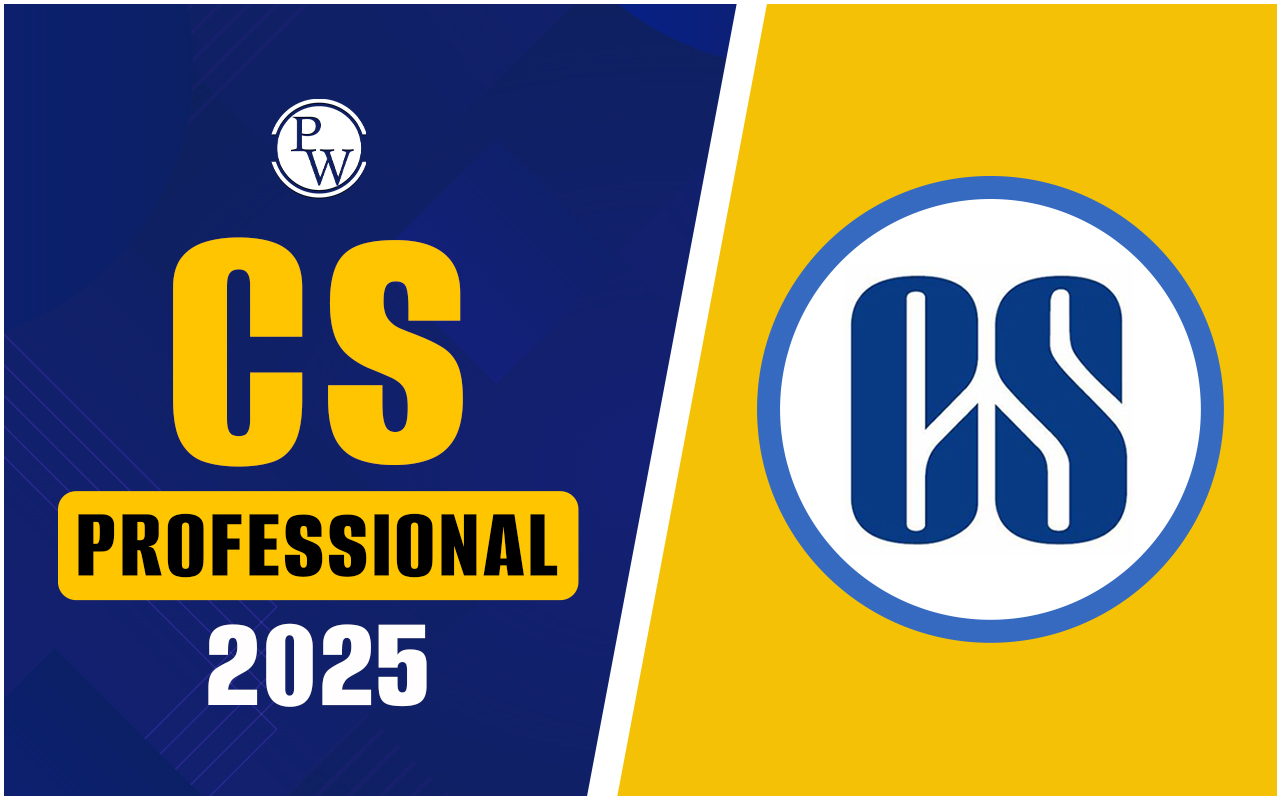
Corporate restructuring involves making changes to a company's organization, finances, or operations to boost its financial health and competitiveness. This might mean adjusting its capital setup, simplifying how it works, selling off less important assets, and more. The aim is to make the company work better, grow more, and become more valuable to everyone involved.
On the flip side, insolvency happens when a company can't keep up with its financial responsibilities. This could be due to various reasons like economic downturns, tougher competition, or bad management. When a company is insolvent, it struggles to pay its debts and keep running smoothly. Corporate restructuring and insolvency are linked because restructuring can sometimes prevent insolvency. By reorganizing how things are done and sorting out the money side, a company can get back on track. But if these efforts fail, the company might have to consider insolvency protection. Read more to learn about Corporate Restructuring and Insolvency for CS exam .What is Corporate Restructuring?
Corporate restructuring refers to the process of reorganising a company's structure, operations, or finances to improve its performance and manage financial challenges. It can involve a wide range of actions, such as:
- Reorganising internal departments
- Altering the capital structure
- Merging with or acquiring another entity
- Divesting or selling underperforming units
The goal of corporate restructuring is to make the company more efficient, agile, and financially stable. These changes help organisations adapt to market dynamics, reduce risks, and focus on growth opportunities.
Understanding Insolvency
Insolvency occurs when a company is unable to meet its financial obligations. This may arise due to factors such as:
- Economic slowdowns
- Poor management
- Increasing debt burden
- Industry-wide downturns
When insolvency occurs, the company may not have enough funds to pay creditors or continue operations effectively. Legal frameworks offer structured mechanisms to address such situations and protect stakeholders' interests.
Link Between Corporate Restructuring and Insolvency
Corporate restructuring can act as a preventive tool against insolvency. Companies often adopt restructuring strategies early on to address operational or financial inefficiencies. If these efforts do not result in recovery, insolvency proceedings become necessary. In both cases, the goal remains the same: stabilising the company and maximising value for stakeholders.
Legal Framework in India
The Indian legal system offers a robust framework for corporate restructuring and insolvency resolution. Two primary legislative instruments govern these processes:
1. Companies Act, 2013
This act provides for various forms of restructuring, including mergers, demergers, amalgamations, and compromises. The National Company Law Tribunal (NCLT) is the regulatory authority responsible for overseeing and approving restructuring schemes. Under this act:
- Companies can file applications to restructure their debts.
- Shareholders and creditors can propose plans for organisational changes.
- Court approval ensures transparency and fairness.
2. Insolvency and Bankruptcy Code (IBC), 2016
The IBC provides a time-bound and structured process for resolving insolvency. It covers both companies and individuals and focuses on:
- Efficient resolution of insolvency cases
- Protection of creditors' rights
- Asset value maximisation
- Promoting entrepreneurship by providing second chances
The code outlines a step-by-step approach for resolving insolvency through the Corporate Insolvency Resolution Process (CIRP).
Corporate Restructuring Process
Corporate restructuring is a process that aims to fix a company's financial problems and improve its performance. Here's how it typically works:- Assessment: First, the company's financial situation is reviewed to understand why it's struggling. This involves looking at its financial statements, operations, and competition.
- Developing a Plan: Based on the assessment, a plan is made to address the financial issues. This might involve changing how the company is financed, selling off assets it doesn't need, or finding ways to spend less.
- Putting the Plan into Action: Once the plan is set, it's time to make it happen. This could mean talking with lenders and others involved, getting legal approval, and making sure everyone knows what's going on.
- Keeping Track: After the changes are made, the company's progress is monitored. This includes watching its financial statements, seeing how well it's doing its work, and checking its overall health.
Also Read: Role of Company Secretary in Board Meetings
If a company can't recover and becomes insolvent, it might go through bankruptcy or a similar process:- Filing for Protection: The first step is asking for legal protection from creditors. This could mean filing for bankruptcy in the US or using similar laws elsewhere.
- Getting Help: An expert is brought in to manage things. They handle the company's money, talk with creditors, and make decisions about what happens next.
- Planning for the Future: The expert works with everyone involved to figure out what's best for the company. This might mean selling things, changing how money works, or finding someone to buy the whole company.
- Making Changes: Once the plan is set, it's time to put it into action. This could mean talking with creditors, getting legal OKs, and telling everyone what's happening.
- Paying Debts: If there's enough money, debts are paid off. This could mean selling things, closing parts of the company, or finding other ways to get money.
- Closing Up or Selling: If the company can't pay its debts, it might shut down and sell what it has to pay creditors. Sometimes, it's sold to someone else who wants to keep it going.
Role of NCLT in Restructuring and Insolvency
The NCLT plays a central role by:
- Reviewing and approving restructuring and insolvency applications
- Ensuring legal compliance and fairness
- Protecting stakeholder interests through judicial oversight
Advance your knowledge in corporate restructuring and insolvency with PW Company Secretary courses. Enroll now to gain valuable insights and excel in navigating complex financial situations.
| Also Check: | |
| Mergers and Acquisitions (M&A) Processes | Risk Management and Mitigation Strategies |
| Corporate Social Responsibility (CSR) Compliance | Legal Compliance Management Service |
Corporate Restructuring and Insolvency FAQs
What is corporate restructuring?
What is insolvency?
How are corporate restructuring and insolvency related?
What legal regulations govern corporate restructuring and insolvency?
What happens during the insolvency process?










